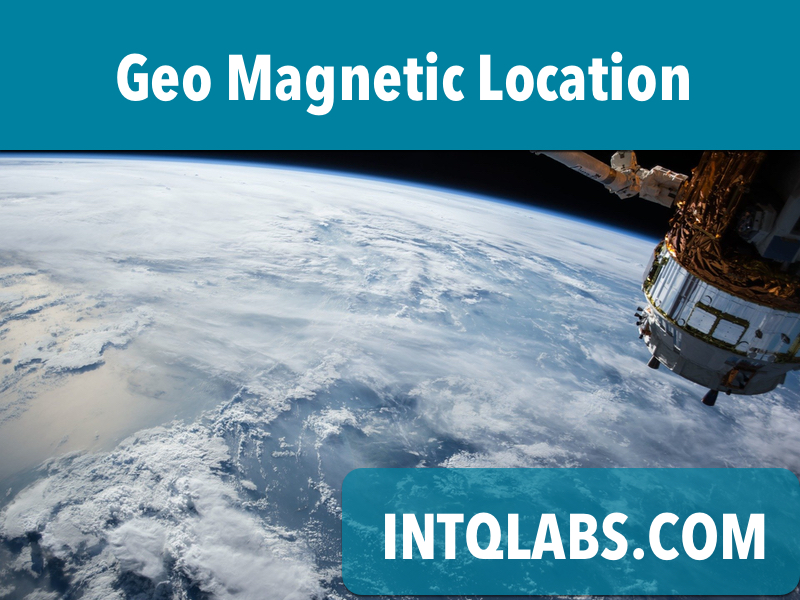|
GPS Location using the Earth Gravitational Field by Ankur Srivastava, Intqlabs
| Publisher: |
Intqlabs |
 |
| Downloads: |
1 |
| Software Type: |
Freeware, 0.00 |
| File Size: |
73K |
| OS: |
Windows All |
| Update Date: |
18 January, 2022 |
Satellite based positioning technology such as Global Positioning Systems (GPS), GLONASS (Russia), Galileo (EU), Beidou (China), QZSS (Japan) and IRNSS (India) are collectively referred to as Global Navigation Satellite Systems (GNSS) and are ubiquitously embedded across millions of terminals around the world.
GNSS has unlimited public applications, is widely deployed to provide ubiquitous experiences and has touched the lives of millions. Since GNSS is an open platform anyone can build a receiver, integrate with a device and run algorithms to generate and use location data. The public and open source availability of GNSS platforms has increased our dependence and reliance on location technologies as a constant in our daily lives.
GNSS is also available as a service to military and government organisations by means of a secure connection. Such encrypted and secure connections ensure that the data cannot be intercepted, injected and only be read by intended recipients. This service is not an open platform as the receivers are designed with secure sender-receiver IDs, handshaking processes, time stamped data and encrypted hashes to ensure that they are not susceptible to be compromised. GNSS providers publish their transmission meta data in public domain that include bandwidth, channel information, orbital height, satellite identifier(s), detailed orbit and operational information. This meta data is included in GNSS transmissions along with other information at designated frequencies. The transmissions are binary encoded data that ensure public and military users access appropriate broadcasts which are separated out of phase by a pre-defined number of degrees. The signals contain data that encode pseudo-ranges, carrier cycle counts, dopplers, atomic time, satellite position and other orbital information to assist in calculation of time the signal takes to travel from the satellite to the receiving chip.
|




